



If you wander into Budapest’s I. kerület,you’ll immediately feel like you’ve stepped into a storybook where history and everyday life dance together effortlessly. This district,perched on the Buda side,carries a quiet charm that’s both regal and inviting. Imagine cobblestone streets winding past centuries-old buildings,their facades whispering tales of kings and artists. The air often carries a faint scent of fresh pastries mingling with the earthy aroma of the nearby Danube,especially in the early morning when the city slowly wakes up. As you stroll through the narrow alleys,you’ll hear the gentle clinking of coffee cups from cozy cafés tucked into corners,and the soft murmur of locals chatting in Hungarian,their voices weaving into the hum of the city. The Fisherman’s Bastion offers breathtaking views that make you pause and just breathe in the panorama of rooftops and the shimmering river below. It’s a place where you can feel the pulse of Budapest’s rich culture—art,history,and everyday warmth all wrapped into one. Don’t miss tasting the local flavors here:a warm chimney cake fresh off the spit,or a hearty goulash that feels like a hug on a plate. The I. kerület isn’t just a place to see; it’s a place to feel—where every corner invites you to slow down,soak in the atmosphere,and become part of the city’s ongoing story.
The information on this page is currently being reviewed by Tripkliq and should be used as a guide only
Eng word: Hello
Eng pronunciation: See-ya
Local language: Szia
Eng word: Goodbye
Eng pronunciation: Vees-laht
Local language: Viszlát
Eng word: Thank you
Eng pronunciation: Kuh-suh-nuhm
Local language: Köszönöm
Eng word: How much
Eng pronunciation: Men-yee-beh keh-rool
Local language: Mennyibe kerül
Eng word: Toilet
Eng pronunciation: Vay-tsay
Local language: WC
Eng word: Help me
Eng pronunciation: Sheg-eet-sheg
Local language: Segítség
Eng word: Yes
Eng pronunciation: Ee-gen
Local language: Igen
Eng word: No
Eng pronunciation: Nem
Local language: Nem
Eng word: Excuse me
Eng pronunciation: El-ney-zesht
Local language: Elnézést
The iconic Buda Castle, a UNESCO World Heritage site, has stood atop Castle Hill since the 13th century. It has served as a royal palace, a fortress, and now houses the Hungarian National Gallery and The Budapest History Museum.
Completed in 1849, the Széchenyi Chain Bridge was the first permanent bridge across the Danube in Hungary, symbolizing connection and progress. It offers breathtaking views of the Danube banks, a UNESCO World Heritage site.
Originally built in the 11th century and later reconstructed in a stunning Gothic style, Matthias Church has been the venue for several Hungarian coronations, including that of King Matthias Corvinus, after whom it is named.
Built in the late 19th century to serve as a panoramic viewing terrace, the Fisherman's Bastion offers some of the best views of the Danube, the Parliament, and the Pest side of the city. Its fairy-tale towers are a must-see.
Founded in 1827, Ruszwurm is one of the oldest traditional cafes in Budapest, known for its historic atmosphere and delicious pastries. It's a perfect spot to experience the culinary heritage of Budapest.
Offering one of the best panoramic views of Budapest, Gellért Hill is named after Saint Gerard who was reportedly thrown to his death from the hill. The Citadella at the top was built by the Habsburgs in the mid-19th century.
Though the current shape of the Royal Palace was mostly formed in the 18th century, the foundations date back to the 13th century. It has been destroyed and rebuilt several times throughout history, symbolizing resilience.
The Labyrinth, located under Castle Hill, is part of a vast network of tunnels and caves. It has served various purposes over the centuries, from a large cellar and shelter to a hospital during World War II.
The promenade stretches along the bank of the Danube, offering scenic views of the river and the city. It is an ideal place for relaxing strolls, capturing the picturesque landscape of Buda and Pest.
In Budapest I. kerület, the most common Power Adaptor is Type C, Type F.


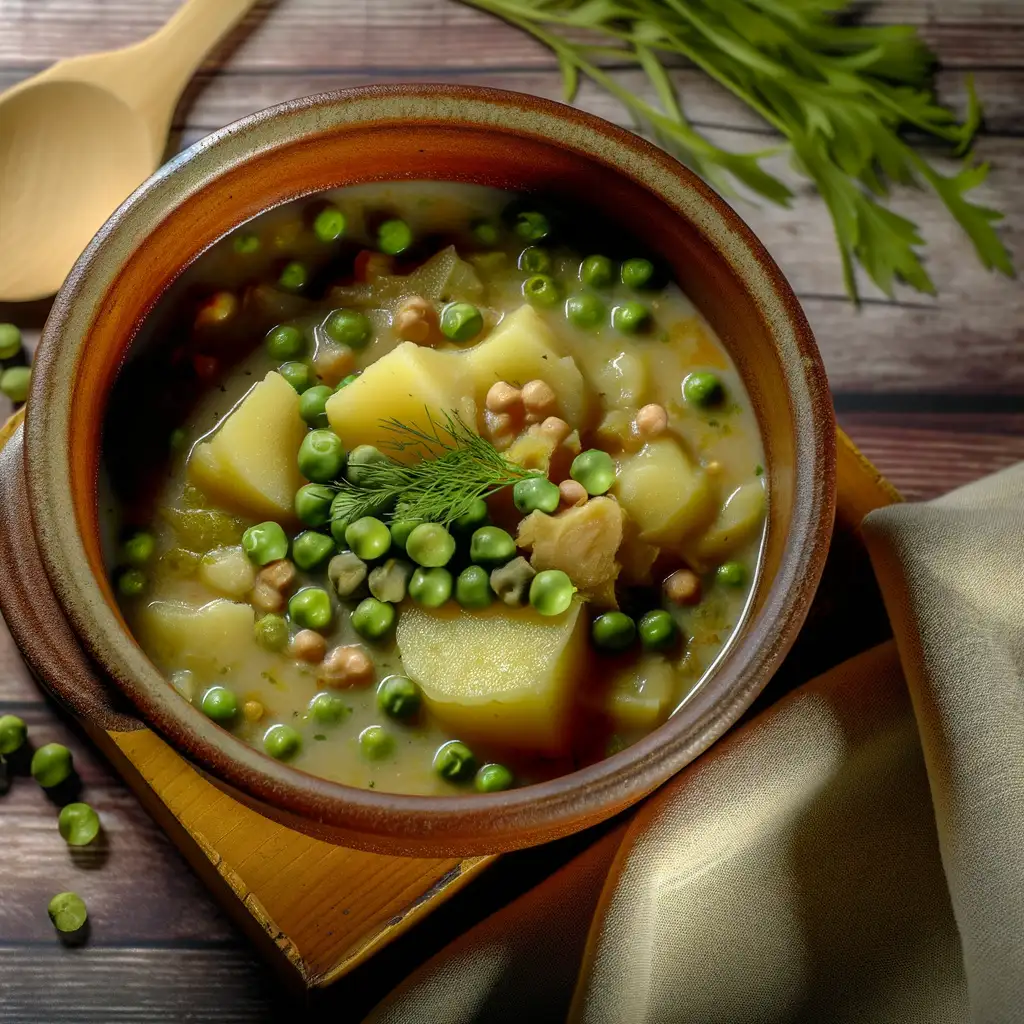
A thick vegetable stew, often made with potatoes, peas, or lentils, served as a side dish.
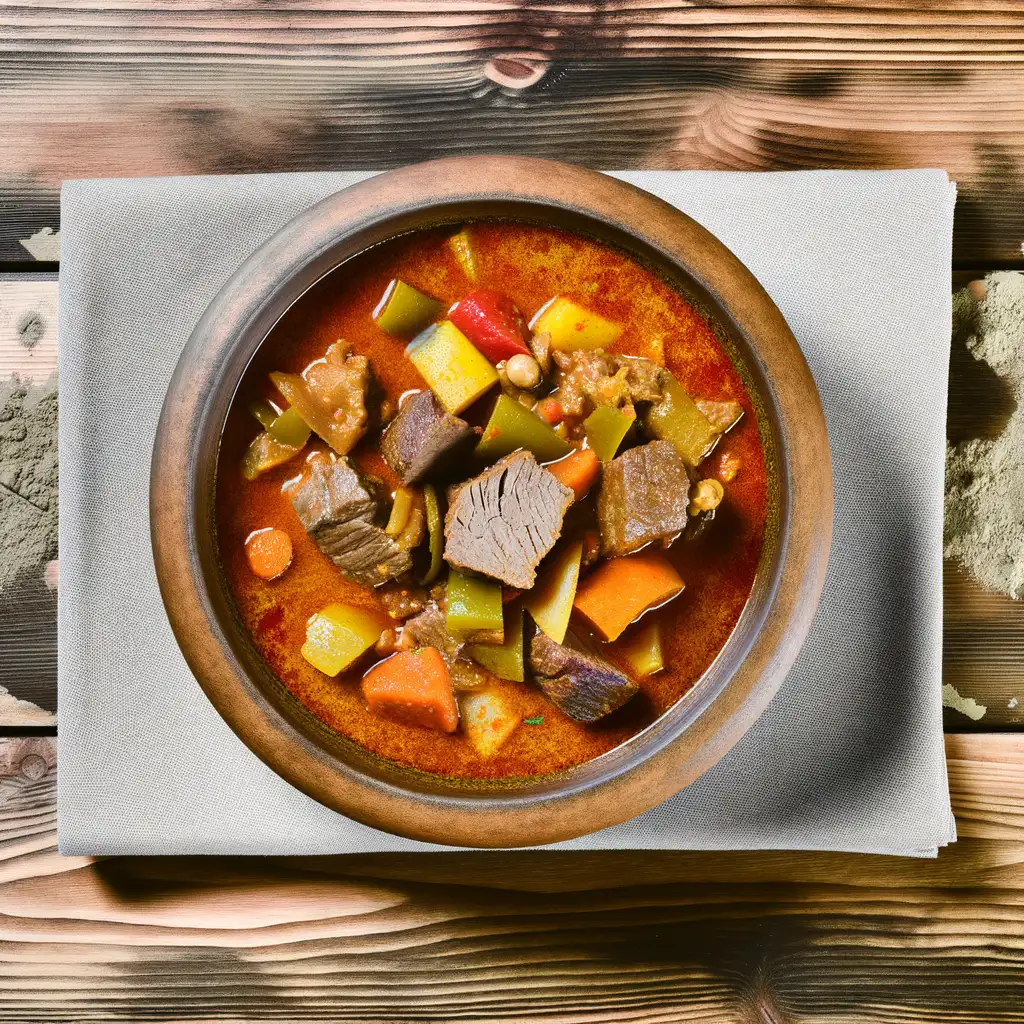
A traditional Hungarian stew made with beef, vegetables, and paprika, often served with bread.
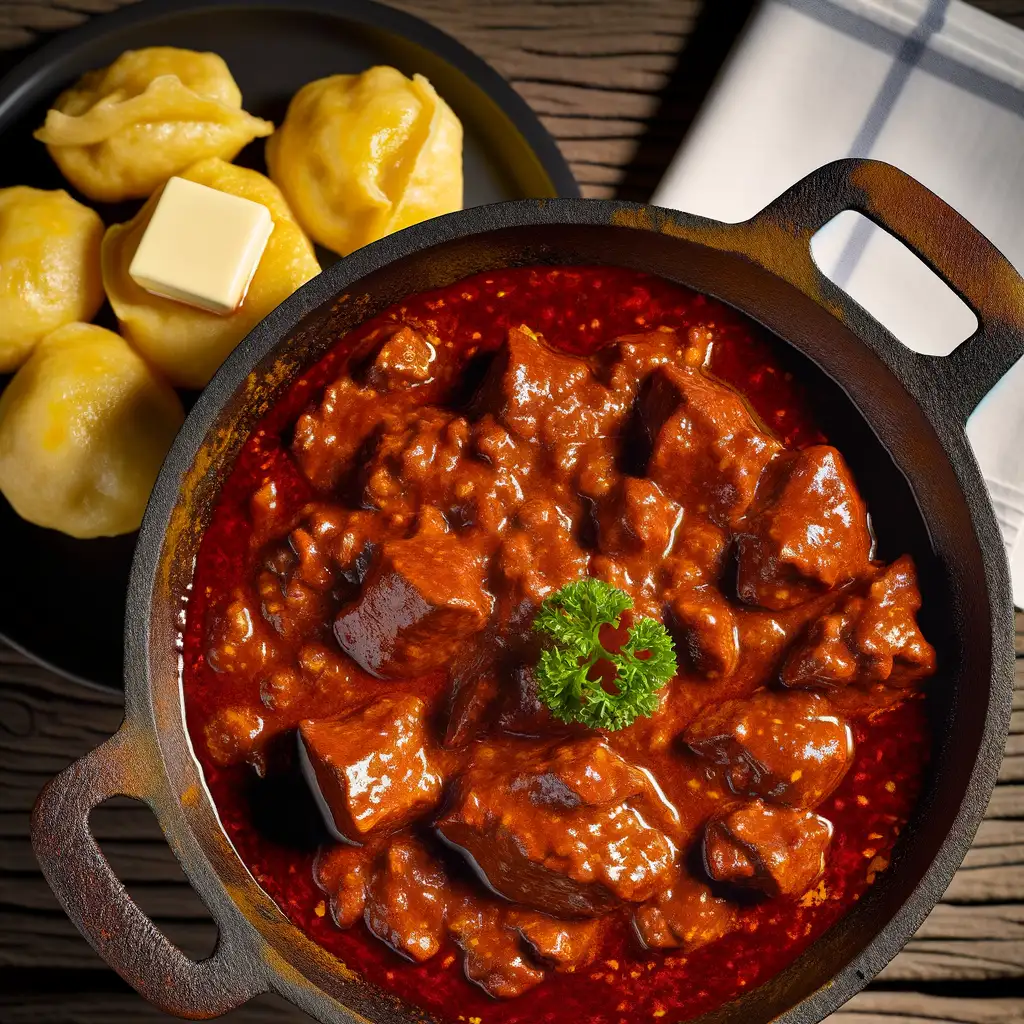
A meat stew similar to goulash, typically made with beef, pork, or chicken, and flavored with paprika and onions.

A deep-fried flatbread, usually topped with sour cream and cheese, and sometimes garlic or other toppings.

Savory pancakes filled with meat, typically served with a rich sauce.
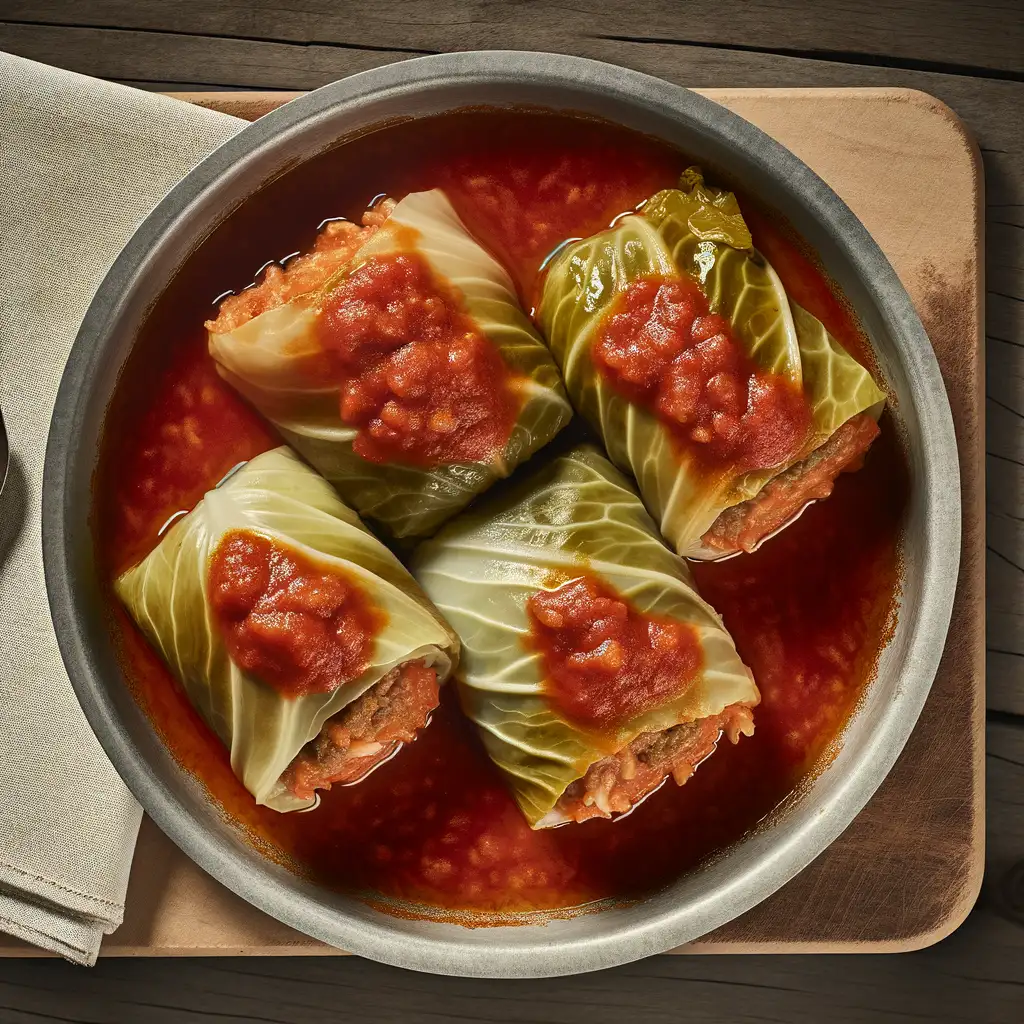
Stuffed cabbage rolls filled with a mixture of meat and rice, cooked in a tomato sauce.
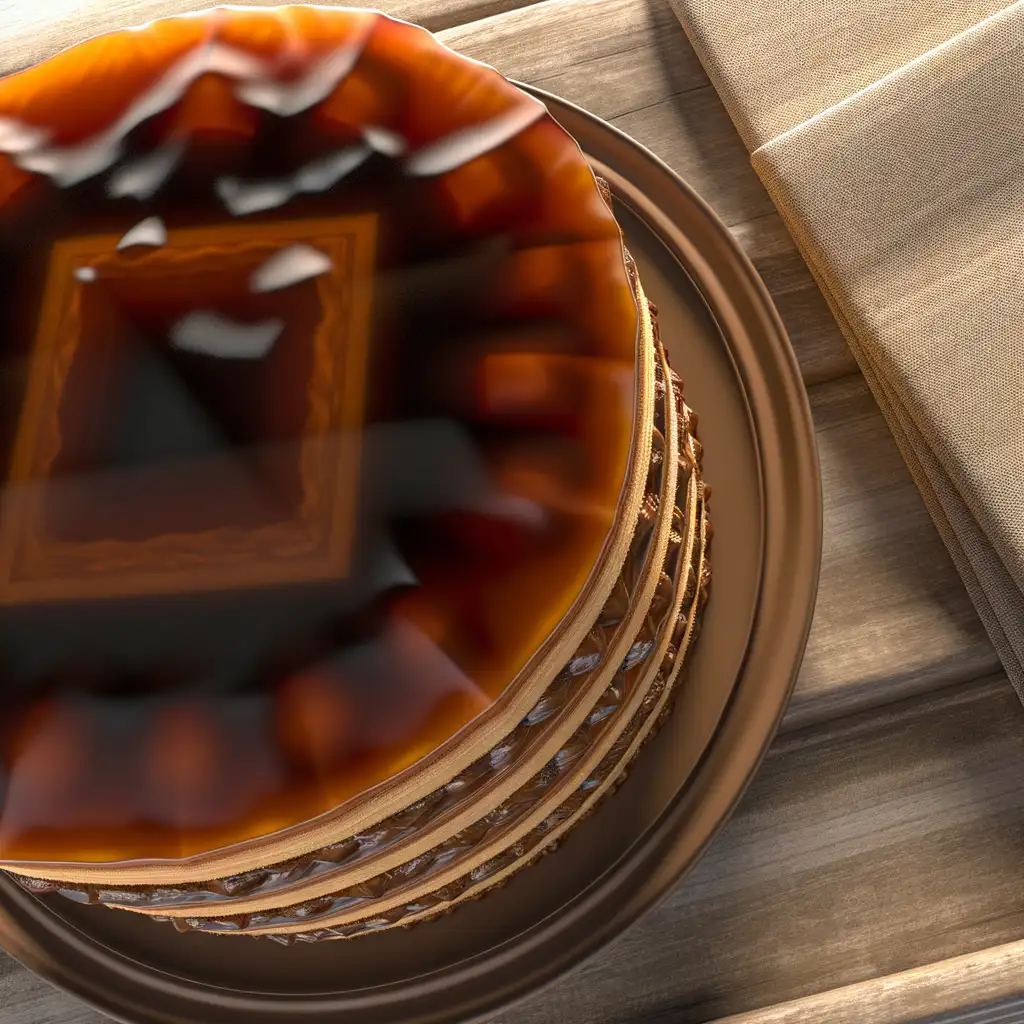
A layered sponge cake filled with chocolate buttercream and topped with caramel.
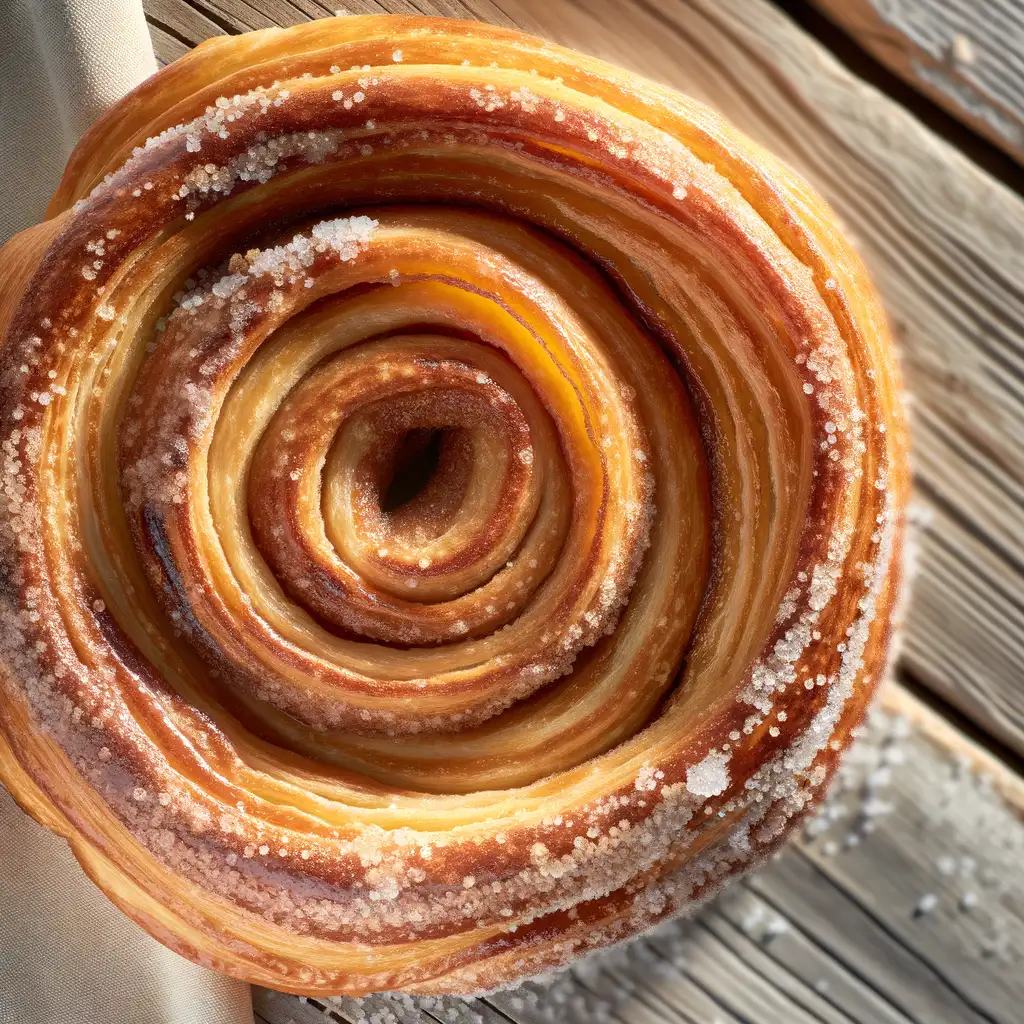
A sweet, spiral-shaped pastry cooked over an open flame, often coated with sugar and cinnamon.


Vienna feels like stepping into a living storybook where every street hums with history and charm. The moment you wander through its grand boulevards,you’re wrapped in a warm embrace of baroque architecture,cozy coffeehouses,and the gentle melodies of street musicians playing waltzes nearby. There’s a rhythm to the city — elegant yet inviting — where the past and present dance together effortlessly.
As you stroll along the Danube or through the lush gardens of Schönbrunn Palace,you catch the scent of freshly baked strudel mingling with the earthy aroma of roasted coffee beans from a nearby café. The city’s café culture is something special; sitting down with a slice of Sachertorte and a strong Viennese coffee feels like a small,delicious ritual. You’ll hear the soft clink of porcelain cups and the murmur of locals deep in conversation,making you feel instantly at home.
Vienna’s character is a blend of refined artistry and genuine warmth. It’s a place where grand opera houses and modern galleries coexist,and where the locals’ pride in their musical heritage is palpable. Whether you’re exploring the vibrant Naschmarkt with its colorful stalls or catching a live performance in a centuries-old concert hall,Vienna invites you to slow down,savor the moment,and soak in its timeless elegance.
Prague feels like stepping into a storybook where every corner hums with history and charm. The moment you wander onto the cobblestone streets of the Old Town,you’re wrapped in a warm,timeless embrace. The air carries a mix of fresh-baked pastries and rich coffee from cozy cafés,mingling with the faint scent of aged wood and stone from centuries-old buildings. As you stroll across the iconic Charles Bridge,the soft murmur of the Vltava River below blends with the distant melodies of street musicians,creating a soundtrack that’s both lively and soothing.
What’s truly captivating about Prague is its effortless blend of old and new. Gothic spires and baroque facades stand proudly alongside vibrant street art and bustling markets. The city pulses with a creative energy,from the quirky art galleries tucked away in narrow alleys to the lively beer gardens where locals and travelers clink glasses over hearty Czech fare. There’s a genuine warmth in the way people share their culture,whether it’s through a friendly chat in a pub or an invitation to a traditional music performance.
At night,Prague transforms into a magical place where the city lights dance on the river’s surface and the aroma of roasted chestnuts fills the air. It’s a city that invites you to slow down,savor every moment,and get lost in its stories. Trust me,once you’ve experienced Prague’s unique rhythm and soul,it stays with you long after you’ve left.
If you find yourself wandering through Okres Bratislava II,you’ll quickly notice a unique blend of old-world charm and modern energy humming in the air. It’s the kind of place where leafy streets invite you to slow down,while cozy cafés spill the rich aroma of freshly brewed coffee onto the sidewalks. The vibe here is relaxed but alive,like the city is quietly inviting you to explore its layers at your own pace. You might catch the distant laughter of locals chatting in Slovak,mixed with the occasional clink of glasses from a nearby wine bar,creating a soundtrack that feels both intimate and vibrant.
Walking through the neighborhoods,you’ll see a fascinating mix of architecture—from elegant Art Nouveau buildings to sleek,contemporary designs—each telling a story of Bratislava’s evolving character. The parks are lush and inviting,perfect for a lazy afternoon picnic or a peaceful moment watching the world go by. And if you’re a foodie,you’re in for a treat:local markets burst with fresh produce,and small bistros serve up traditional Slovak dishes with a modern twist,filling the air with the comforting scent of paprika and fresh herbs.
What really makes Okres Bratislava II stand out is its warm,welcoming spirit. It’s a place where you can feel the pulse of everyday life—families strolling,artists sketching in the sun,and friends gathering for an evening of music and laughter. Visiting here isn’t just about seeing a new place; it’s about feeling connected to a community that’s quietly proud of its roots and excited about its future.
Imagine wandering through a city where the old world gently brushes against the new,and every corner hums with a quiet,inviting energy—that’s Zagreb. From the moment you step into its cobbled streets,you’re wrapped in a warm,lived-in charm. The air carries the scent of fresh coffee mingling with blooming linden trees,while the distant chatter from open-air cafés spills into the streets,inviting you to slow down and savor the moment. Zagreb doesn’t shout for attention; it welcomes you like an old friend,with a smile and a story.
The city’s character is a delightful blend of Austro-Hungarian elegance and vibrant Croatian spirit. Strolling through the Upper Town,you’ll catch glimpses of medieval towers and baroque facades,while the Lower Town buzzes with modern life—art galleries,quirky boutiques,and lively markets where you can taste local cheeses,honey,and the unmistakable sweetness of fresh figs. Music often drifts from street performers,adding a soundtrack to your exploration that feels both spontaneous and soulful.
What makes Zagreb truly special is its rhythm—unhurried yet alive. Whether you’re sipping a glass of robust Croatian wine in a cozy tavern or watching the sunset paint the rooftops in shades of gold and rose,there’s a sense of belonging here. It’s a city that invites you to not just see it,but to feel it,to become part of its story,even if just for a little while.
If you wander into Belgrade,you’ll immediately feel its pulse—a lively mix of old-world charm and raw,youthful energy. The city hums with life,especially along the banks of the Danube and Sava rivers,where locals gather at quirky cafés and buzzing bars that spill out onto cobblestone streets. There’s a certain warmth in the air,a blend of roasted coffee,fresh pastries,and the faint,smoky aroma of grilled meats from nearby street vendors. It’s a place where history and modernity collide,with imposing fortress walls standing guard over vibrant street art and sleek,contemporary galleries.
Walking through Belgrade’s neighborhoods,you’ll hear a medley of languages and laughter,the clinking of glasses,and the occasional street musician strumming a guitar. The city’s character is unapologetically bold—Serbs are fiercely proud yet incredibly welcoming,eager to share stories over a glass of rakija or a hearty plate of ćevapi. The markets brim with fresh produce and homemade cheeses,inviting you to taste the authentic flavors of the region.
What makes Belgrade truly unforgettable is its spirit of resilience and celebration. Whether you’re exploring the bohemian district of Skadarlija with its lively taverns or watching the sunset from Kalemegdan Fortress,you’ll sense a city that’s constantly reinventing itself while holding tight to its roots. It’s a place that invites you to slow down,soak in the atmosphere,and become part of its ongoing story.
If you find yourself wandering through Slovenia,Opčina Ljubljana-Bežigrad offers a refreshing slice of everyday life with a quietly vibrant pulse. It’s not the flashy heart of Ljubljana,but that’s exactly what makes it feel so genuine—like stepping into a neighborhood where locals greet each other by name and the rhythm of daily life unfolds at a comfortable pace. As you stroll along its streets,you’ll catch the scent of fresh coffee mingling with the earthy aroma of nearby parks,while the chatter of friendly conversations drifts from cozy cafés and bustling markets.
The architecture here is a charming mix of old and new,with quaint houses standing shoulder to shoulder with modern buildings,reflecting a community that honors its roots while embracing the future. On weekends,the local farmers’ market bursts to life with colorful stalls offering everything from ripe,sun-kissed fruits to homemade pastries that melt in your mouth. It’s the kind of place where you can savor a leisurely breakfast,watching the world wake up around you.
What really sets Opčina Ljubljana-Bežigrad apart is its warm,unpretentious spirit. It’s a neighborhood that invites you to slow down,soak in the simple pleasures,and connect with the authentic Slovenian way of life. Whether you’re wandering through leafy parks,sampling local flavors,or just sitting on a bench watching the day unfold,you’ll feel a comforting sense of belonging that stays with you long after you leave.
Scammers may install skimming devices on ATMs to steal card information when tourists withdraw cash.
Tourists may be lured into bars or clubs by friendly locals, only to face exorbitant bills for drinks or cover charges.
Individuals may approach tourists asking for donations to fake charities, often using emotional stories to elicit sympathy.
Tourists may be offered poor exchange rates or counterfeit currency at unofficial exchange offices or by individuals on the street.
Imposters posing as police officers may approach tourists, accuse them of minor infractions, and demand on-the-spot fines.
Scammers may sell counterfeit tickets to attractions or offer fake tours that don’t deliver on their promises.
Some taxi drivers may overcharge tourists by not using the meter, taking longer routes, or quoting inflated flat rates.
Crowded tourist areas, public transportation, and popular attractions are hotspots for pickpockets targeting distracted visitors.
Some restaurants may inflate bills by adding hidden fees, charging for items not ordered, or using unclear pricing on menus.
Some street performers may demand payment after engaging tourists, even if the tourists didn’t agree to pay upfront.
Hungary has strict drug laws, and the possession, use, or distribution of illegal drugs is a criminal offense. This includes cannabis, which is illegal for both recreational and medicinal use. Penalties for drug-related offenses can be severe, including fines and imprisonment. Tourists should avoid any involvement with illegal drugs while in Budapest I. kerület.
In Budapest I. kerület, as in the rest of Hungary, smoking is prohibited in all enclosed public spaces, including restaurants, bars, and public transportation. Smoking is also banned in certain outdoor areas such as playgrounds, bus stops, and within a certain distance from the entrances of public buildings. Designated smoking areas are available in some places, and it is important to look for signs indicating where smoking is allowed.
Vaping is subject to similar regulations as smoking in Budapest I. kerület. It is prohibited in enclosed public spaces and certain outdoor areas. Vaping is also restricted in public transportation and within a certain distance from public building entrances. Tourists should look for designated vaping areas and adhere to local regulations.
What are other people saying about Budapest I. kerület?
Recent Social posts about Budapest I. kerület
There is nothing to show you for now.